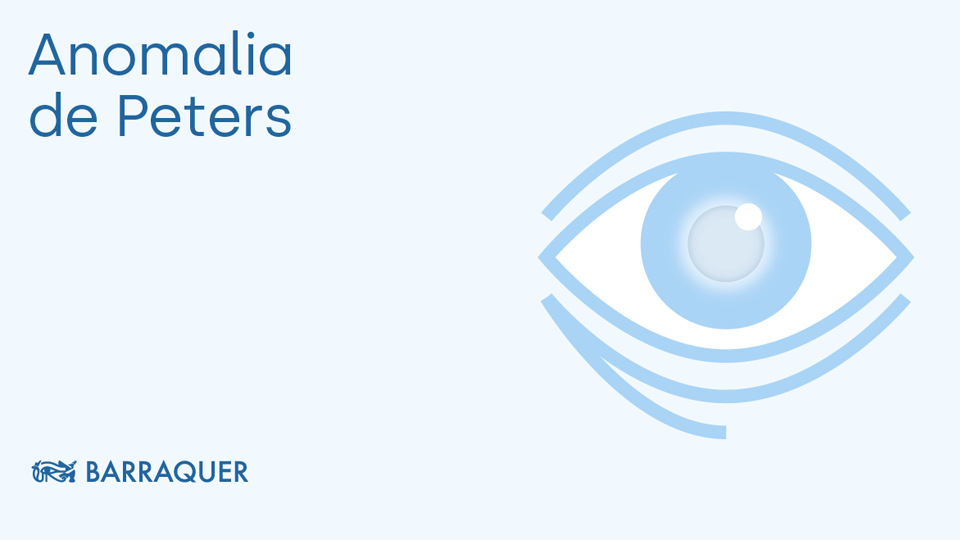Benefits of strength training
22/04/2025

05/11/2024
Peters anomaly is a congenital defect in the embryonic development of the anterior segment of the eye, where patients are born with a central opacity in the cornea, the transparent part of the eye covering the iris and pupil. This condition is part of a larger group of disorders known as anterior segment dysgenesis, which affects the development of structures in the front of the eye.
Under normal conditions, the cornea remains transparent due to the absence of blood vessels and the specific arrangement of its fibres. Peters anomaly is a rare condition affecting approximately 1 in a million people, accounting for 40% of congenital corneal opacities. It can affect one or both eyes, though it is bilateral and asymmetrical in 80% of cases The exact cause is unknown, though etiopathogenic factors involve genes affecting the eye's embryonic development.
The condition is typically detected by a paediatrician shortly after birth, as newborns present with a central white spot on the cornea. In affected eyes, the Descemet’s membrane, posterior stroma, and central corneal endothelium do not fully develop, resulting in a central corneal opacity (leucoma, from the Greek leukos, meaning "white"). The lack of transparency in the central part of the cornea causes a decrease in vision, which worsens with the size and density of the leucoma.
Although opacity is the most characteristic sign, Peters' anomaly is often associated with other ocular defects such as glaucoma, sclerocornea or microcornea, iris abnormalities, cataracts or lens abnormalities and persistent foetal vasculature.
Treatment
For bilateral cases, surgical treatment with penetrating keratoplasty (full-thickness corneal transplant) is typically indicated. This surgery involves replacing the opaque cornea with a healthy one from a donor. If the patient also has a cataract, it can be removed during the same operation.
In cases of associated glaucoma, treatment to normalize intraocular pressure is crucial, as damage to the optic nerve is irreversible. Sometimes, topical hypotensive eye drops are sufficient, though surgical intervention may be required to control the intraocular pressure.
Additionally, it is important to rule out possible systemic malformations, take a complete family medical history, and perform eye exams on relatives to offer genetic counselling. Early treatment is essential, especially for children whose visual systems are still developing, to improve visual prognosis and minimize the risk of amblyopia (lazy eye).
Dr. Miriam Barbany, ophthalmologist at the Barraquer Ophthalmology Centre